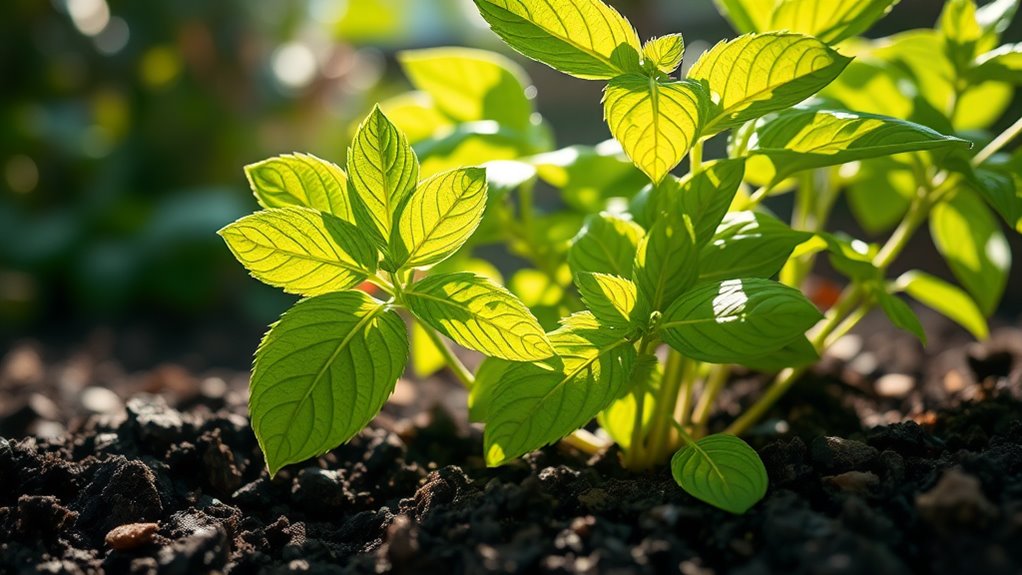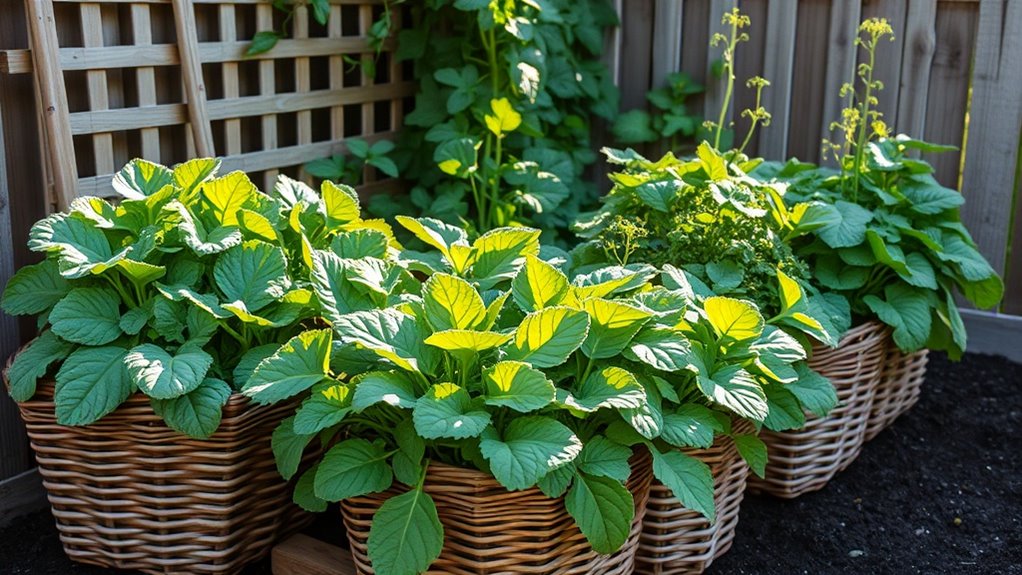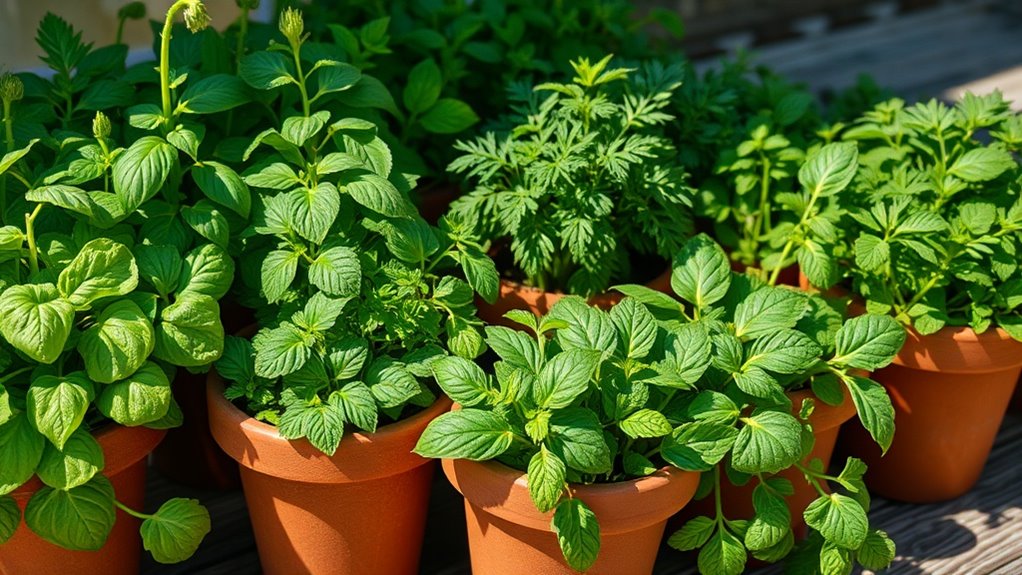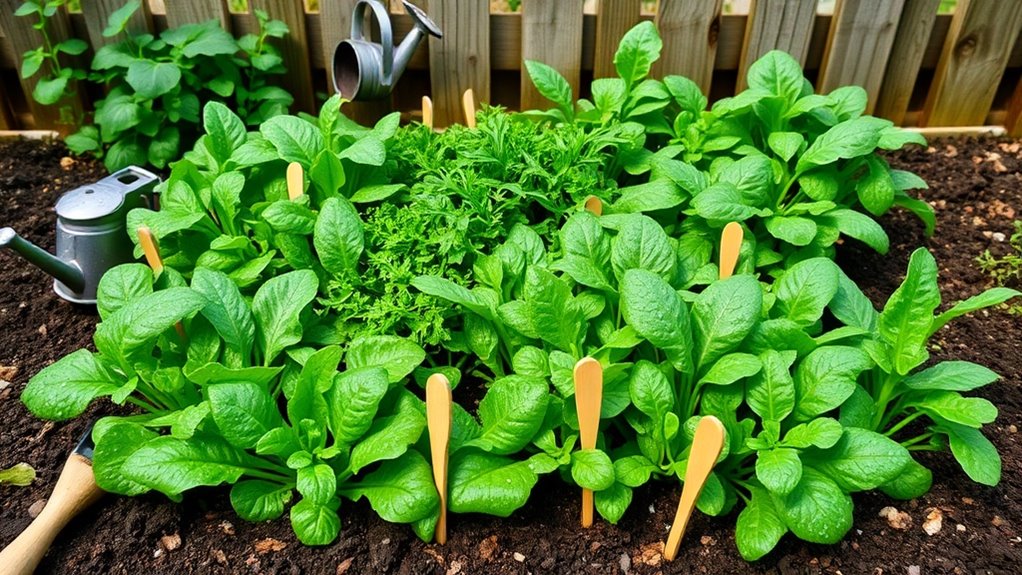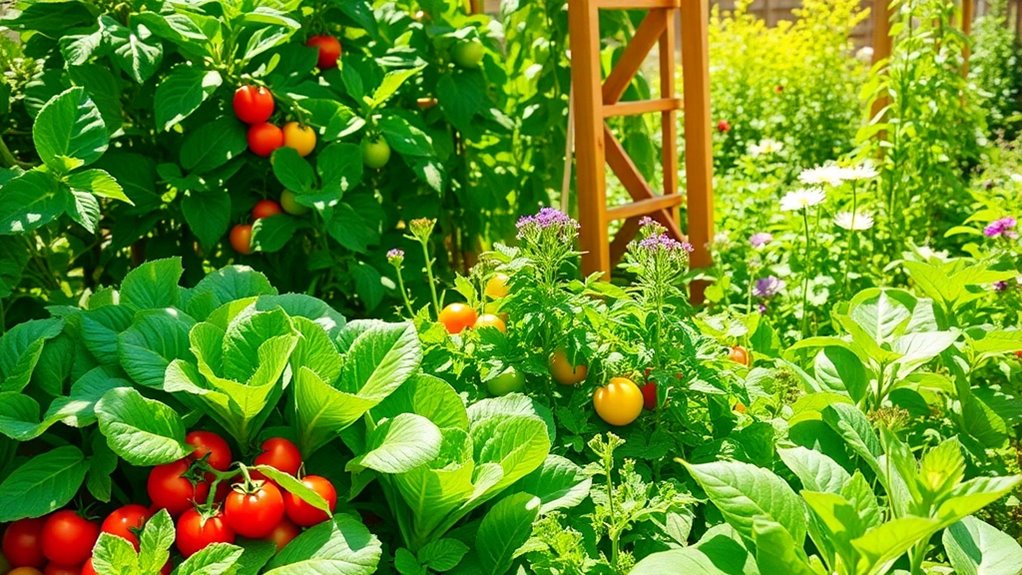Why My Basil Never Bolts Anymore (It’s So Simple)
If you’ve ever struggled with basil bolting, you might want to consider your growing conditions. By maintaining specific temperature ranges and light exposure, you can significantly reduce stress on your plants. In addition, the right pruning techniques and watering strategies play critical roles in promoting healthy growth. Discovering how these elements work together could be the key to enjoying lush basil leaves all season long. What adjustments might you be missing?
Understanding Basil Bolting
Basil bolting is a phenomenon that occurs when the plant shifts its energy from leaf production to flowering, typically triggered by environmental factors.
To stop basil bolting, it’s essential to monitor temperature, light, and water levels. High temperatures and prolonged daylight can stress the plant, leading to premature flowering.
Maintaining optimal conditions ensures your basil remains lush and leafy throughout the growing season. Growing basil in a salad garden allows for better temperature regulation and access to sunlight, which can help prevent bolting.
Optimal Growing Conditions
Creating the right environment for basil involves three essential factors: temperature, light, and moisture. Ensure your basil thrives by maintaining temperatures between 70-90°F, providing 6-8 hours of sunlight daily, and keeping the soil consistently moist yet well-drained. Remember that proper watering techniques can greatly enhance the health and growth of your plants.
| Factor | Optimal Condition |
|---|---|
| Temperature | 70-90°F (21-32°C) |
| Light | 6-8 hours/day |
| Moisture | Consistently moist |
Effective Pruning Techniques
While it may seem daunting, mastering effective pruning techniques can significantly enhance your basil’s growth and longevity.
Start by pinching off the top leaves above a leaf node, promoting bushier growth.
Regularly remove any flower buds to prevent bolting.
Prune any yellow or dead leaves to maintain plant health.
Consistent pruning encourages stronger, more flavorful leaves, ensuring a thriving basil plant. Additionally, incorporating other healing herbs in your garden can provide a diverse range of flavors and health benefits.
Timing and Harvesting Strategies
Timing and harvesting strategies play a crucial role in maximizing the yield and flavor of your basil. To enhance your approach, consider these strategies:
| Timing | Ideal Harvest Condition | Frequency |
|---|---|---|
| Late Morning | When leaves are dry | Every 1-2 weeks |
| Pre-Flowering | Before flower buds appear | Weekly |
| Regular Trims | After main leaves grow | As needed |
Implement these tactics for optimal results! Additionally, ensure you provide adequate light and water to promote healthy growth and prevent bolting.
Choosing the Right Basil Varieties
Selecting the right basil varieties can significantly influence both your gardening success and culinary experiences.
For instance, Genovese basil thrives in hot climates, while Thai basil offers a unique flavor profile.
If you’re concerned about bolting, consider ‘Nufar’ or ‘Aromata’—both are bolt-resistant.
Evaluate your local growing conditions and intended culinary uses to ensure you choose varieties that will flourish and meet your needs. Additionally, incorporating easy-to-grow herbs can enhance the variety of flavors in your teas and remedies.

